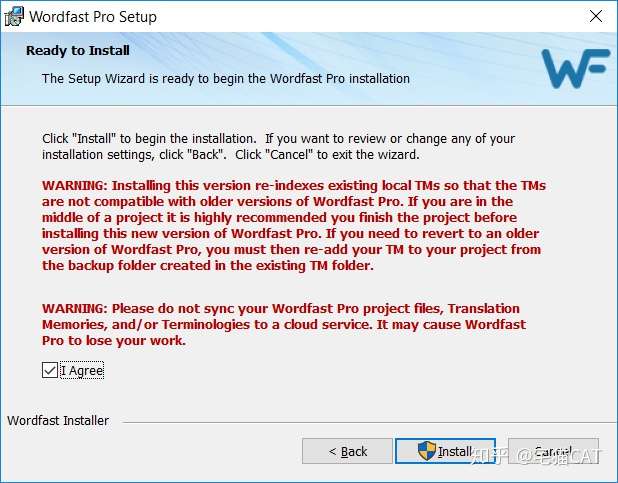

A match or concordance hit found in a traditional translation memory is an isolated segment, divorced from its original context, which can be critical to understanding that translated segment.
#Wordfast anywhere number of tags differs full#
memoQ LiveDocs alignments essentially function as a translation memory in the LiveDocs corpus, with one important difference: by right-clicking matches in the translation results pane or a concordance hit list, the aligned document can be opened directly and the full context of the content match can be read. The second important difference with alignment in memoQ is that it is really not necessary to feed the aligned content to a translation memory. Note in the example screenshot above that different file types may be aligned with each other. Thus if source files are contained in one folder and the translated files in the target language are in a different folder and the source and target file names are similar, the alignment process for a great number of files can be set up and run in a matter of minutes. This can be done with individual files or with entire folders with perhaps hundreds of files.

This has the advantage, for example, that large numbers of files can be aligned automatically, with the source and target documents matched based upon the filenames.

The first is memoQ’s ability to determine alignment pairs automatically based on the similarity of names. However, there are three aspects of alignment in memoQ which I think are worth particular attention and which distinguish it in important ways from alignments performed with other translation environment tools or aligners.Īligning the content of two folders with source and target documents automatic pairing by name The basic features for aligning translated texts in memoQ are straightforward and can be learned easily from Kilgray documentation such as the guides or memoQ Help.


 0 kommentar(er)
0 kommentar(er)
